AO Edited
Gastro Obscura
Van Kleef Museum and Distillery
Rumored to have been frequented by Vincent van Gogh, it's the only remaining genever producer in the Hague.
According to local legend, when Vincent van Gogh wanted a little liquid inspiration during his time living in the Hague, the artist had one favorite place: Van Kleef. The only remaining genever producer in the Hague, Van Kleef dates back to 1842. Nowadays, while the liquor is distilled off-site, the historic distillery’s space features a museum and shop where interested visitors can learn about the distilling process, taste various Dutch liquors, and purchase a bottle made according to historical recipes.
Invented as early as the 13th century, genever was originally consumed as medicine. Early genevers were made by distilling malt wine to 50 percent alcohol, and then flavoring the not-very-tasty mixture with a heavy dose of herbs and spices, especially juniper (for which it is named: jenever means “juniper” in Dutch). The most well-known varieties are old genever and young genever, but their difference isn’t in how long the liquor is aged. The original “old” genever is distinguished by its rich malt wine flavors and herbal notes. The newer variety, developed in the early 1900s, is known as “young.” Lacking the complexities of its predecessor, young genever is less expensive and, as a result, gained popularity after World War II. Both varieties, as well as a selection of other traditional Dutch liquors, are available for sample and purchase at Van Kleef.
Van Kleef is also home to a beverage with a slightly bawdier history. Kruìde Baggâh, an herbal bitter, can be translated to mean either “mud” made of herbs or, more eloquently, “shitty herbs.” Some say this refers to the less-than-clean water it was originally made with, which required a hefty dose of flavoring to cover up the taste. Contemporary buyers shouldn’t fear, however: While it’s retained its herbal kick, the modern liqueur is safe to drink.
At the museum, visitors can admire drankorgels, or “liquor organs,” rows of barrels that customers would historically tap to check if their choice liquor was in stock. Another object demonstrates the historical centrality of the distillery to community life. In the Hague’s very first telephone book, from 1883, the number one spot (literally: the telephone number was just “1”) went not to the police or local government, but to Van Kleef. If only there was a similarly simple number to call for gourmet emergencies today.
Know Before You Go
The staff speaks English, Dutch, German, and French. Tastings are inexpensive, and often free if you buy a bottle. The store is open in the afternoons, while the museum requires an advanced reservation.
Community Contributors
Added by
Edited by
Plan Your Trip
The Atlas Obscura Podcast is Back!










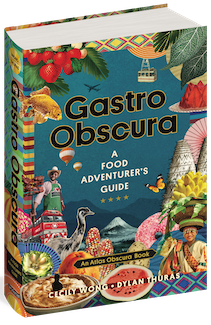



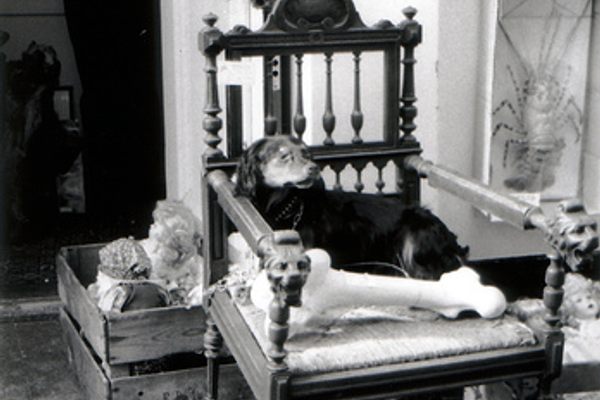
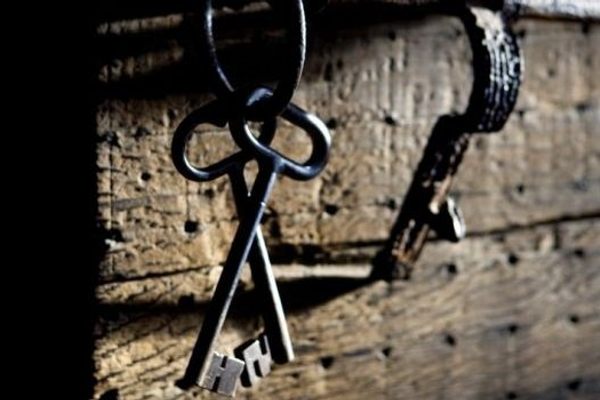
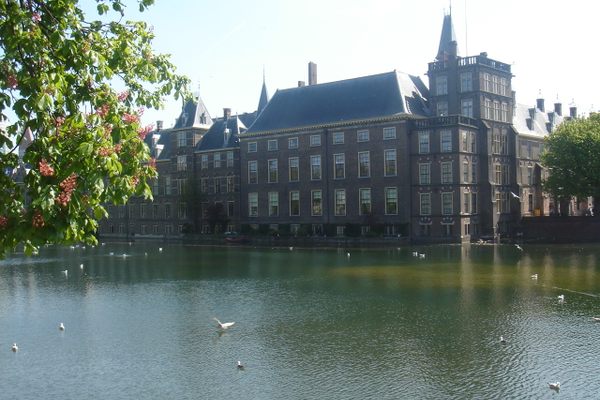
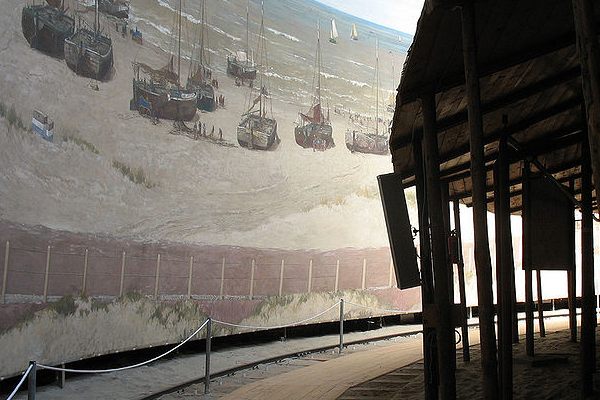



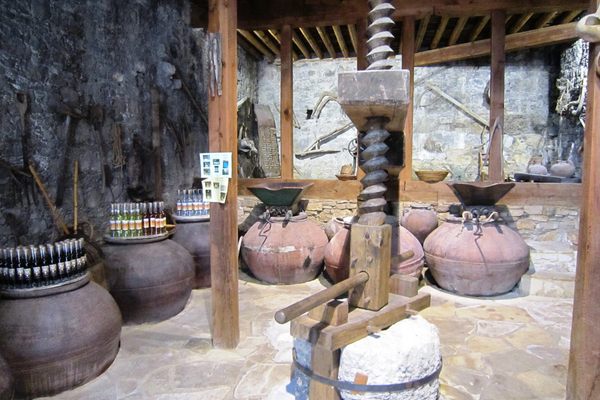


Follow us on Twitter to get the latest on the world's hidden wonders.
Like us on Facebook to get the latest on the world's hidden wonders.
Follow us on Twitter Like us on Facebook